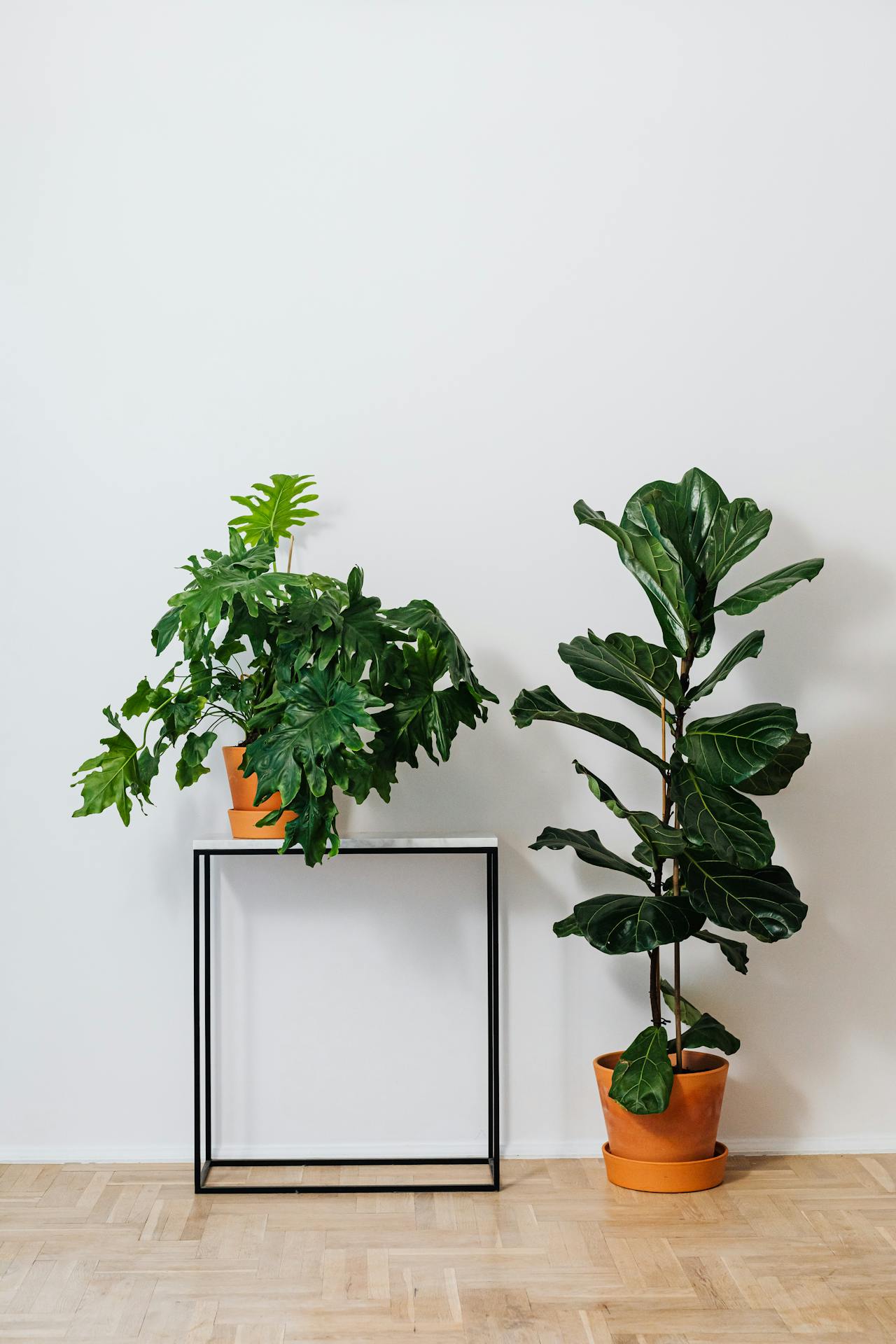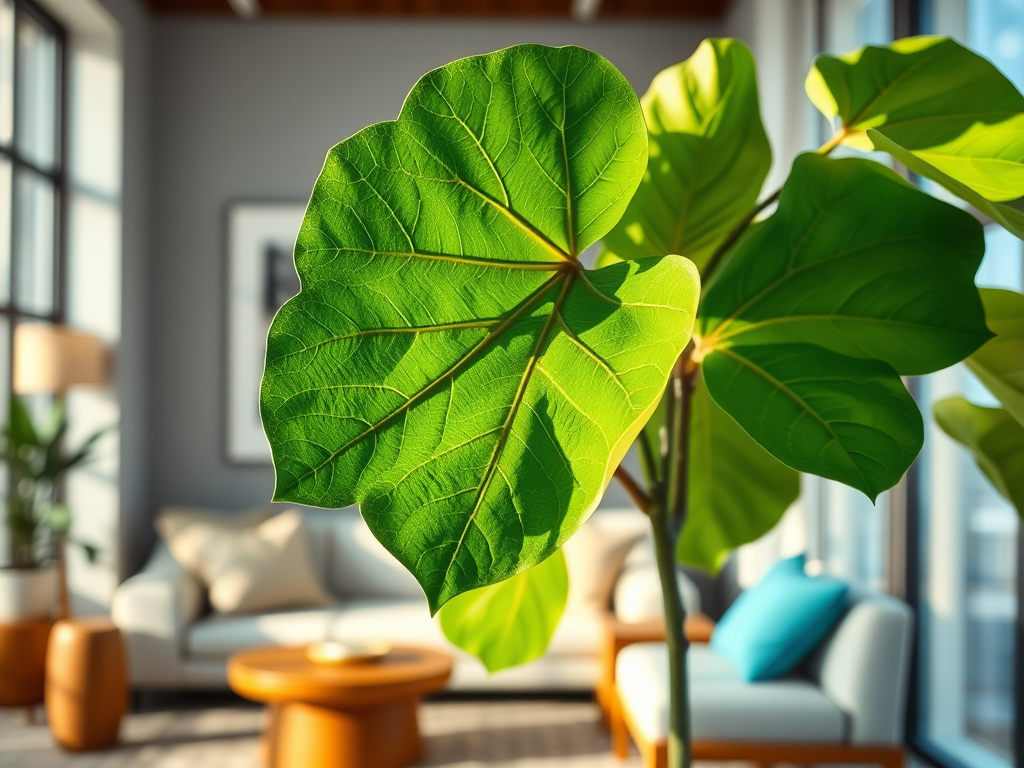How to grow Fiddle Leaf Fig care has become a favorite for anyone seeking both elegance and freshness indoors. In this guide, you’ll learn step by step how to grow Fiddle Leaf Fig and keep your Fiddle Leaf Fig thriving so this tropical beauty can flourish in your home.
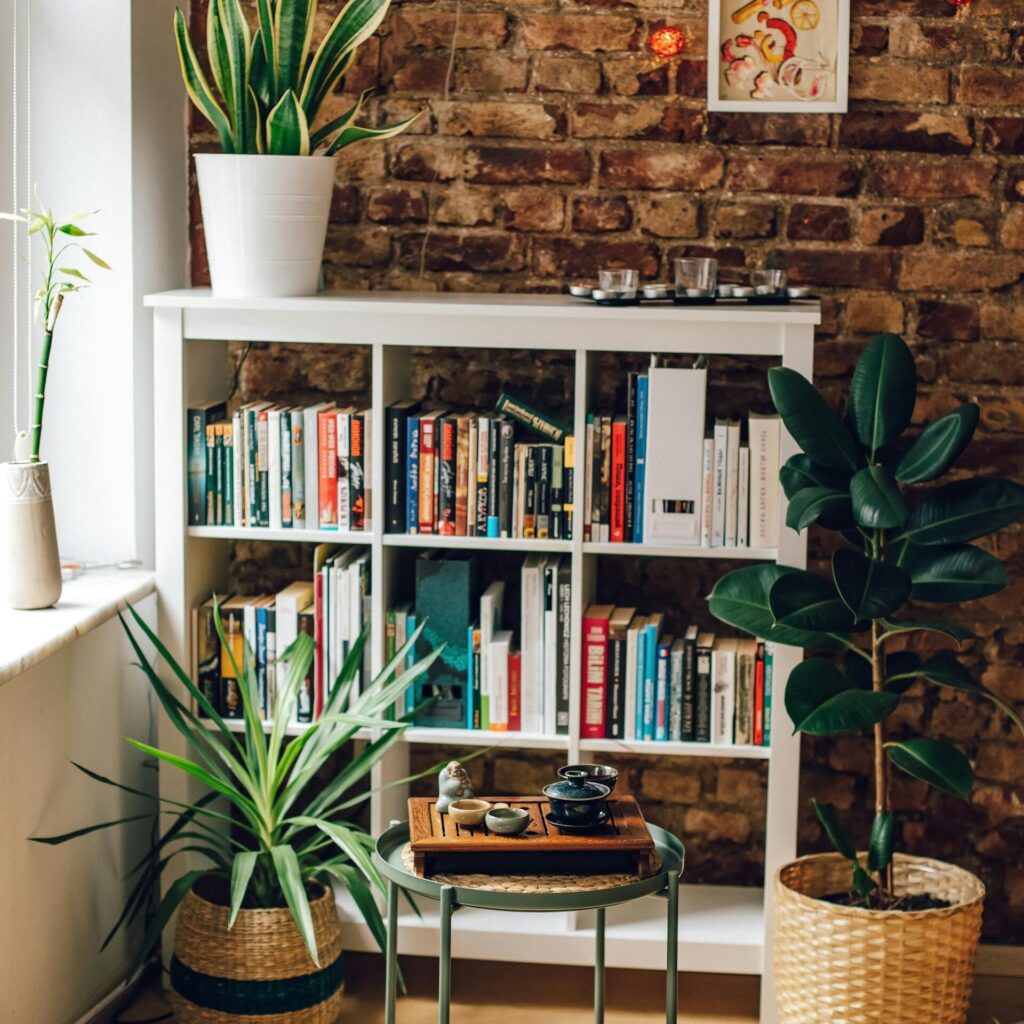
Fiddle Leaf Fig – Indoor Design
Why Choose a Fiddle Leaf Fig?
The Fiddle Leaf Fig, with its distinct violin-shaped leaves, brings an artistic and stylish element to any room. When looked after properly, it purifies the air, grows quickly, and stays remarkably resilient—no wonder it tops so many plant‑lover wish lists!
Finding the Perfect Spot
Re‑create the filtered light of a tropical forest:
- Place the plant near a bright window out of direct sun.
- Keep temperatures between 65–80 °F / 18–26 °C and avoid drafts.
- Rotate the pot 180° every 2–3 weeks so all leaves bask in balanced light.
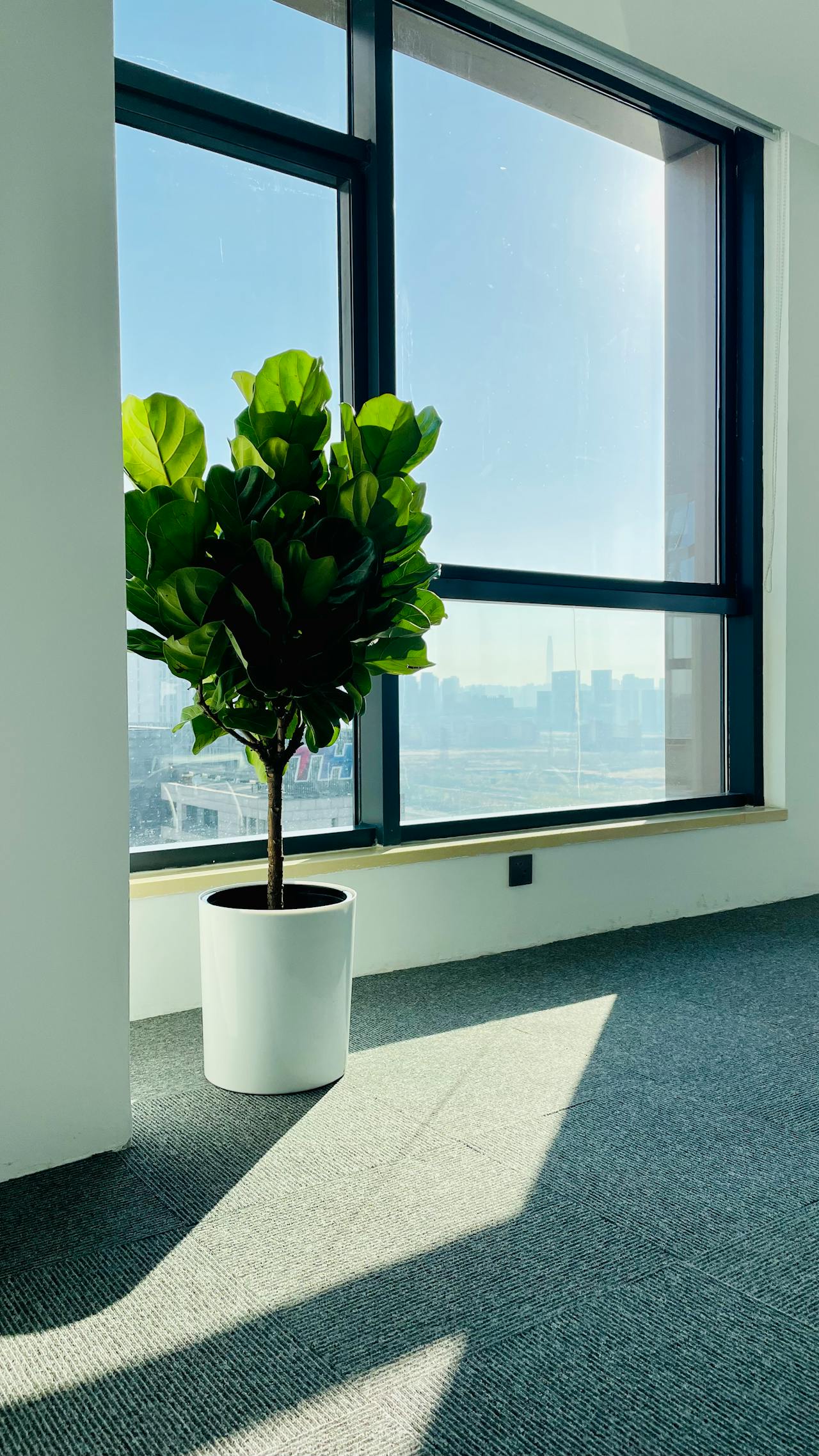
Water & Humidity
The roots dislike sitting in water, so:
- Wait until the top 1–1½ in / 3–4 cm of soil is dry.
- Water deeply until it drains from the bottom.
- Reduce watering in winter.
For humidity—vital in heated homes:
- Stand the pot on a pebble tray filled with water.
- Mist leaves lightly in the morning.
- Aim for 45–60 % room humidity.
Soil & Repotting
- Use a well‑draining mix of peat‑based potting soil with perlite.
- When roots peek through the drainage holes, repot in spring into a container one size larger.
Feeding Your Fig
During spring and summer:
- Apply a balanced liquid fertilizer once a month.
- Stop feeding over winter.
DIY Organic Boosts
- Banana‑peel tea: Soak chopped peels 24 h, dilute 1 part tea to 4 parts water, and pour around the soil.
- Eggshell powder: Grind dried shells and mix a spoonful into the topsoil for slow‑release calcium.
Pruning & Shaping
When the main stem gets leggy:
- In spring, make a single cut across the top to trigger side shoots.
- Cut at a 45° angle; dab the wound with cinnamon to ward off fungus.
- Root healthy cuttings in water for new baby figs.
Support & Stability
A tall stem can lean under heavy foliage. Insert a moss pole or stake and secure the trunk with soft plant ties so it grows upright and proud.
Common Issues & Fixes
| Symptom | Likely Cause | Remedy |
|---|---|---|
| Crispy brown edges | Low humidity | Use a pebble tray or humidifier |
| Yellowing leaves | Over‑watering | Let soil dry more; check drainage |
| Sudden leaf drop | Cold draft or relocation | Keep conditions steady, warm |

How to Grow Fiddle Leaf Fig: The Final Tips
Wipe leaves regularly with a damp cloth to remove dust—your plant will photosynthesize better and shine like new. The better you understand your fig plant’s needs, the healthier your home environment and the more relaxed you’ll feel.
In short, Fiddle Leaf Fig care isn’t complicated: the right light, consistent watering‑humidity balance, and seasonal feeding guarantee success. Put these tips into practice and enjoy watching those giant leaves unfurl!
Read More:
- Fiddle Leaf Fig: A Stylish and Iconic Indoor Plant – Discover the beauty and design appeal of the Fiddle Leaf Fig.
- Fiddle Leaf Fig Care Guide – Essential tips to ensure your plant stays healthy and vibrant.
- Fiddle Leaf Fig Common Diseases and Problems – Common diseases and issues affecting your Fiddle Leaf Fig and how to address them.
Plant Profile

Common Name

Plant Type

Mature Size

Sun Exposure

Soil Type

Soil pH

Bloom Time

Color

Hardiness Zones

Native Area

Humidity

Lighting

Temperature

Difficulty

Hibernation
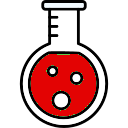
Toxicity


